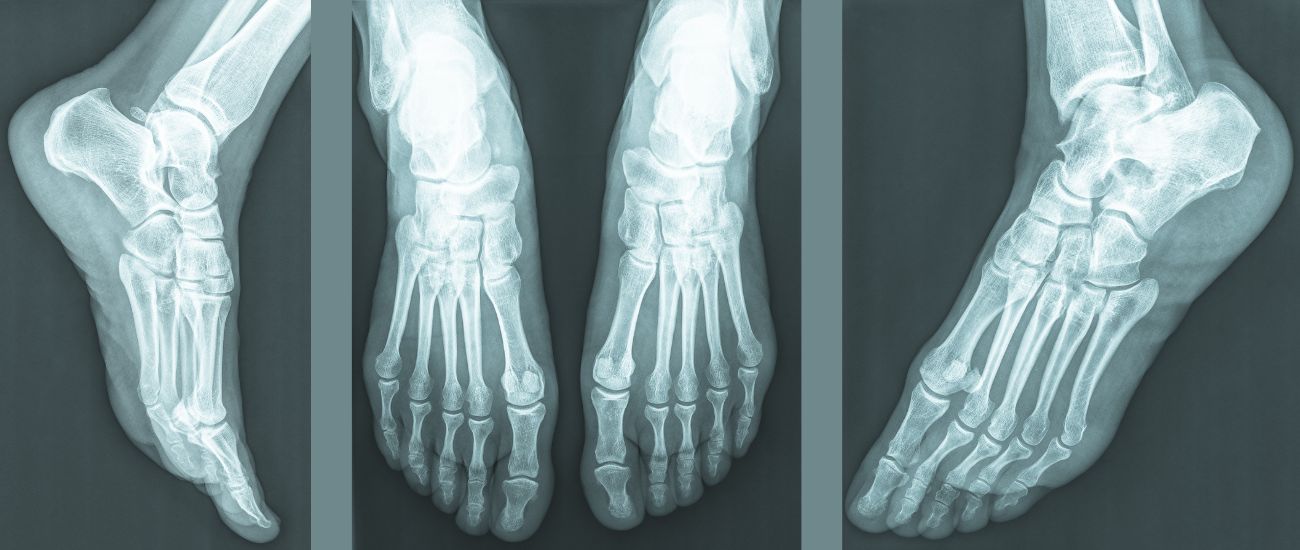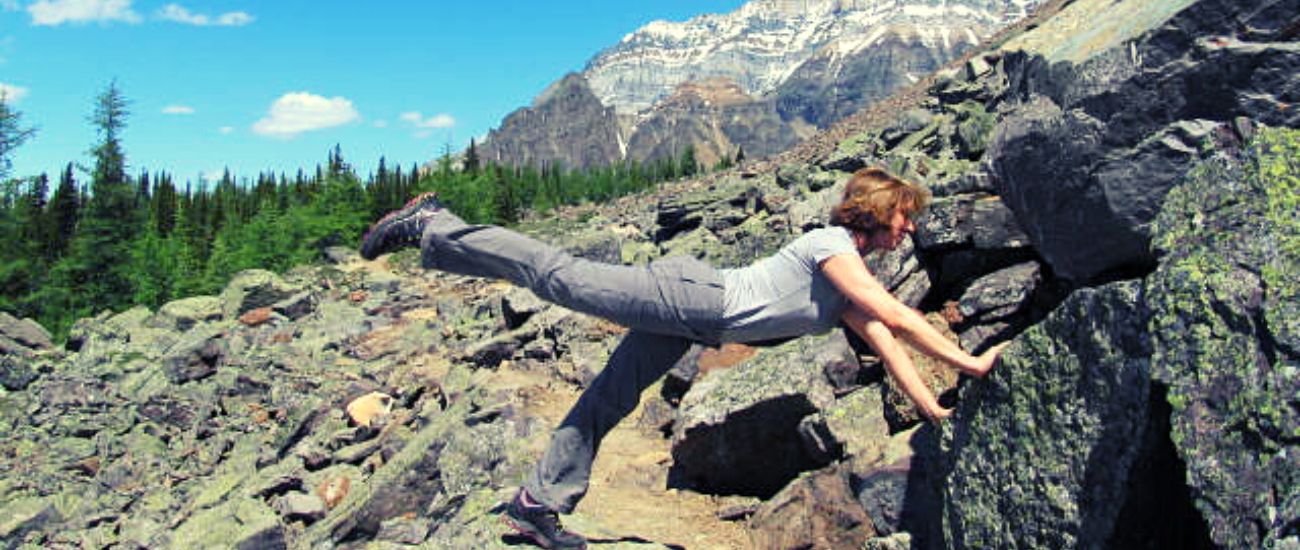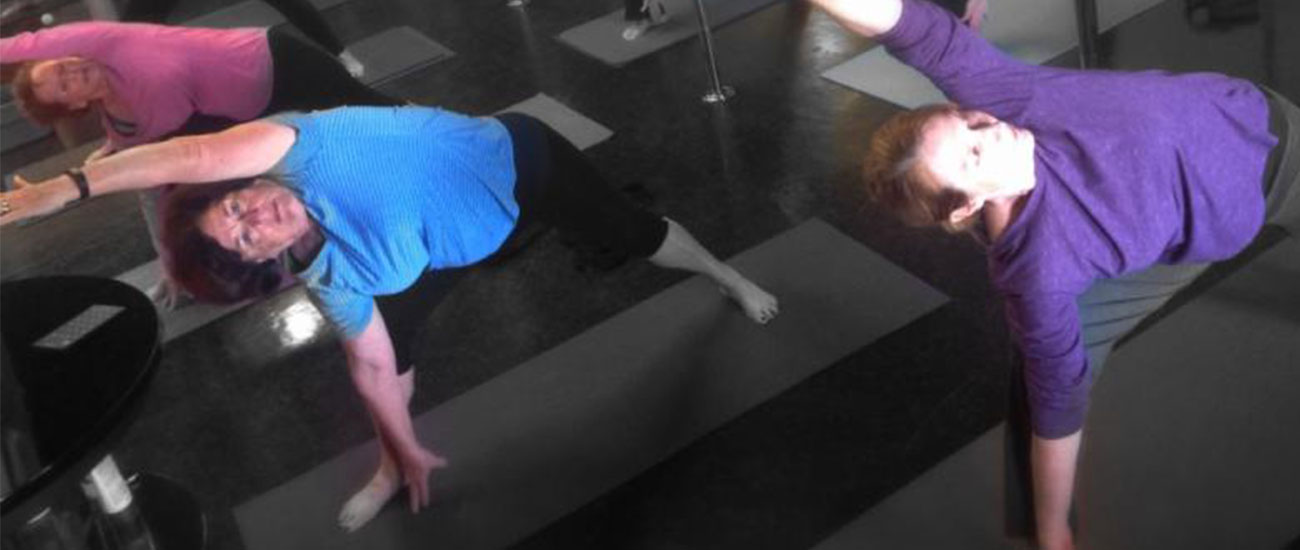Therapeutic Yoga Works
I am proof of the practice. Specifically, I am proof that a therapeutic yoga practice works. I call it “donkey work.”
If somebody said you were a donkey, I don’t think you’d take it as a compliment. I, however, would like to be a bit more like a donkey.
It’s not the stubborn part of the donkey that interests me. Over the years, Lord knows I’ve been working on softening my desire to dig in my heels and hold my position.
So, the donkey quality that I’m fascinated by is the steadiness of doing the same work day after day.
The steadiness of daily therapeutic work is not only important, it’s a fundamental yoga tenet. In Sanskrit, the word is sthiri. And it is often translated to English as “steady.”
Similarly, look up any positive health statistics that we all admire from the stats of delivering a healthy baby due to proper pre-natal nutrition to regularly brushing and flossing your teeth being linked to lower rates of cardiovascular disease –
and you’ll see the key. The key is a personal commitment to remain steady to the practice.
Admit it, proper daily nutrition, brushing and flossing is kind of boring. We just do it. We know its good for us. That’s what I mean by “donkey work.”
Furthermore, the intelligence, research, and positive track record behind the “steady work” is important.
And, truth be told, for therapeutic movement, it’s just a bit more complicated. I really think it’s not something that you can Google or find for free.
While I do have some free therapeutic movement practices and doing these practices will help you, there is tremendous value of being in the live presence of another human being who is looking at you with a “teaching eye.”
My “teaching eye” has refined over the years as I’ve helped others with a host of injuries and special conditions. As well, from individuals with back pain, frozen shoulders, and knee pain, my private clients and students in group class can attest, therapeutic yoga works.
It just takes time and a whole lot of patience.
Furthermore, I think you can you gain the benefits of therapeutic yoga from a general yoga asana class with a highly skilled teacher.
Check credentials. C-IAYT means Certified – International Association of Yoga Therapists. It is an organization that has vetted teachers’ credentials.
As well, ask the number of years the teacher has been practicing and studying yoga therapy.
Inquire on the primary yoga therapy schools as well as lead / senior teachers that the instructor has followed.
Ask for the teacher to share case studies and research that relate to your specific area of concern.
Learning Therapeutic Yoga
I am proud of my training with Body Balance School of Yoga Therapy as well as the 40+ yoga therapy teachers I have trained and mentored as a teacher trainer.
Furthermore, I remain honored that my yoga therapy work since 2005 has been recognized by the International Association of Yoga Therapists.
Gratefully, senior therapeutic yoga teachers have taken me under their wing. I am thankful for the therapeutic wisdom they shared with me.
The connection to the “donkey work” came to me after a great lesson from teacher, Betty Larsen. During one of her technique demonstrations, I commented on her phenomenal virasana.
She told me, “You are just praising the donkey.”
I asked her what she meant.
And she said, “If you do the work every day, this is just the fruit of the practice.”
“Alright,” I said, “I am complimenting your ability to be the donkey and show up every day and do the work.”
“Fair enough,” she remarked.
Regular Therapeutic Yoga Practice Works
I’ll tell you, it’s hard to show up and do the fundamental work. We all want to express our movement in the biggest form possible. We’re thinking, “Super size me!” and “I want to look like the women on the cover of the magazine!”
The only way, I think, to safely move in a therapeutic yoga direction is to build a solid foundation focusing on fundamentals. Baby movements – sometimes micro movements – connected to breath with total awareness – feeling the difference – is how the shape shift occurs.
It takes a long time to plow a field. The donkey does not know this. It just keeps moving forward across the field of its existence.
The donkey also does not know what seed is planted and if weeds or wheat will grow.
The donkey doesn’t wonder about rain or sunshine. It just steadily plods across the terrain.
Hence when the donkey eats the wheat – the fruit of its labor – it does not make the connection to its dedicated work in the field.
As humans, we can make the connection. What we often lack is the patience to just keep walking in the same direction.
For instance, working privately with students, I often get to witness their amazement of the power of the fundamental work.
Specifically, this week, a very athletic gentlemen couldn’t stop laughing from feeling his body in a new way – marveling at the contrast after only doing Supta Padanghustasana on one side – and then pausing to feel the difference before continuing on with his second side.
These moments of witnessing the light come on helps remind me to stay steady with the work in my personal practice. Therefore, as my leg swelled to two times its normal size earlier this week – thanks to my joint disease – I offered gratitude to the donkey work that has returned me to my full potential within 2 days.
Yes, therapeutic yoga works.
In conclusion, what we teach as movement therapists is powerful. I am a living testimony to the work – even if it is donkey work.
Check These Out
Based on your interest, we've curated these articles just for you.

Foot Pain? Feel better ideas.
Do you have foot pain? Or are you trying to not have foot pain? Feel better with a few ideas. Disclaimer right off the top. Always talk with your medical and wellness team if you are in pain as well as if certain ideas are appropriate for you. If you’ve never experienced foot pain, you’re… View Article
3 min read

Stretches While Walking
Walking is the best exercise. To keep us on our feet and moving with ease, we often get tips for stretching before and after walking. For years, the rebel in me has been doing stretches while walking. Benefits of Walking Researchers promote walking as a terrific way to improve or maintain our overall well being…. View Article
5 min read

Healing Elixir
This really is a magic potion. It’s decreased inflammation in my body, significantly. I started making and drinking this awesome healing elixir after a long month of travel. Sitting on airplanes and driving in cars can make my leg lock up. Below is the phenomenal recipe that may help you feel better, too. This recipe… View Article
8 min read


1 Comment